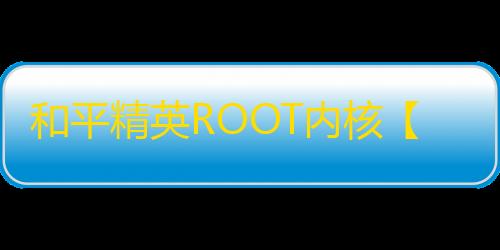详情介绍

本文由三角洲辅助测试员于2025-07-16 04:12:25发表在和平精英辅助网,如有疑问,请联系我们。
上一篇
和平精英ROOT内核【追梦】外挂

-人物绘制-骨骼显示-血量显示-手持武器-空投物资-背敌预警-手雷预警-距离显示-射线物资-车辆雷达-宝箱显示-解锁高帧-单绘制-已支持最新版本和平精英牢大加速挂

本文由三角洲辅助测试员于2025-07-16 04:12:25发表在和平精英辅助网,如有疑问,请联系我们。
上一篇
和平精英ROOT内核【追梦】外挂